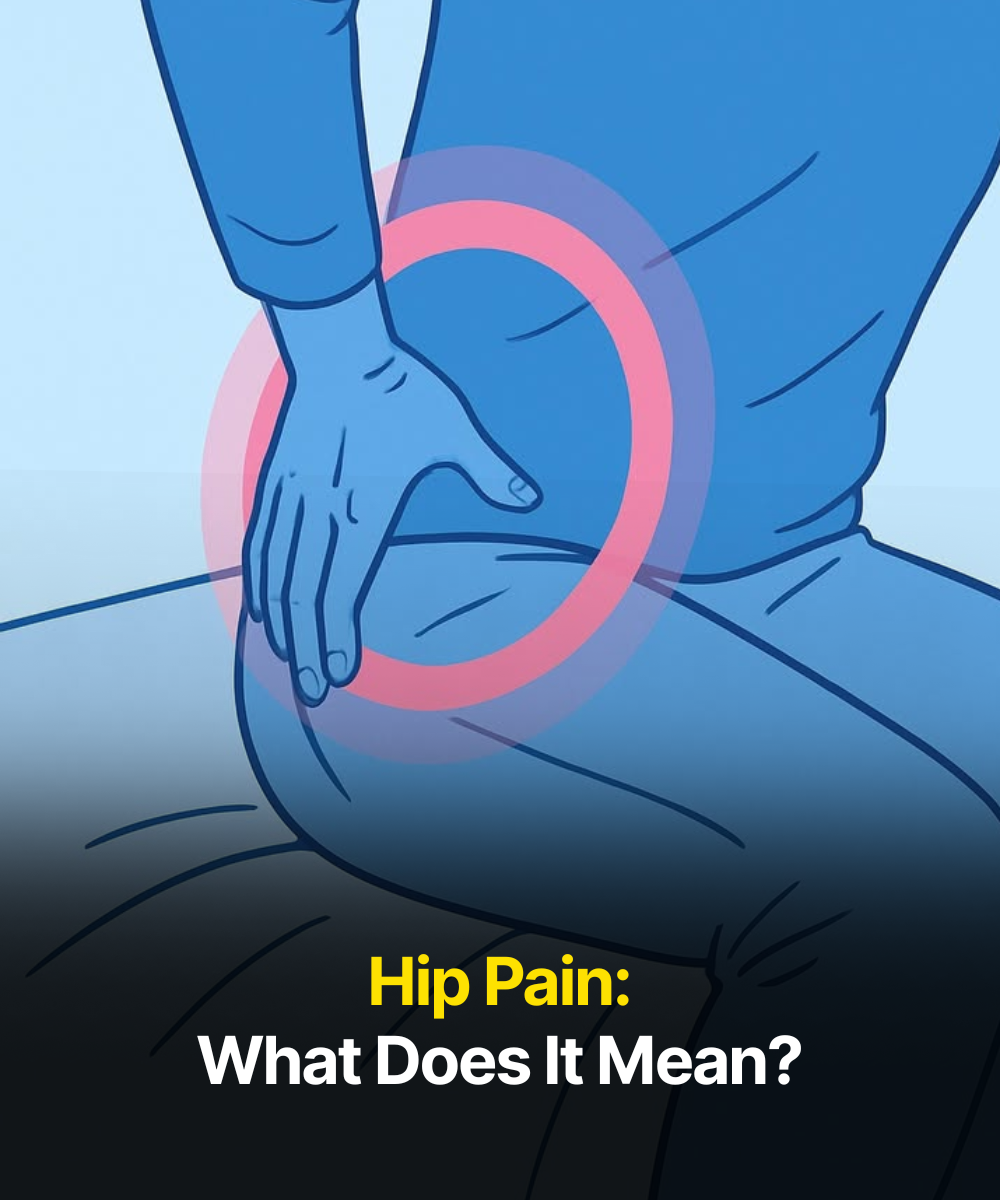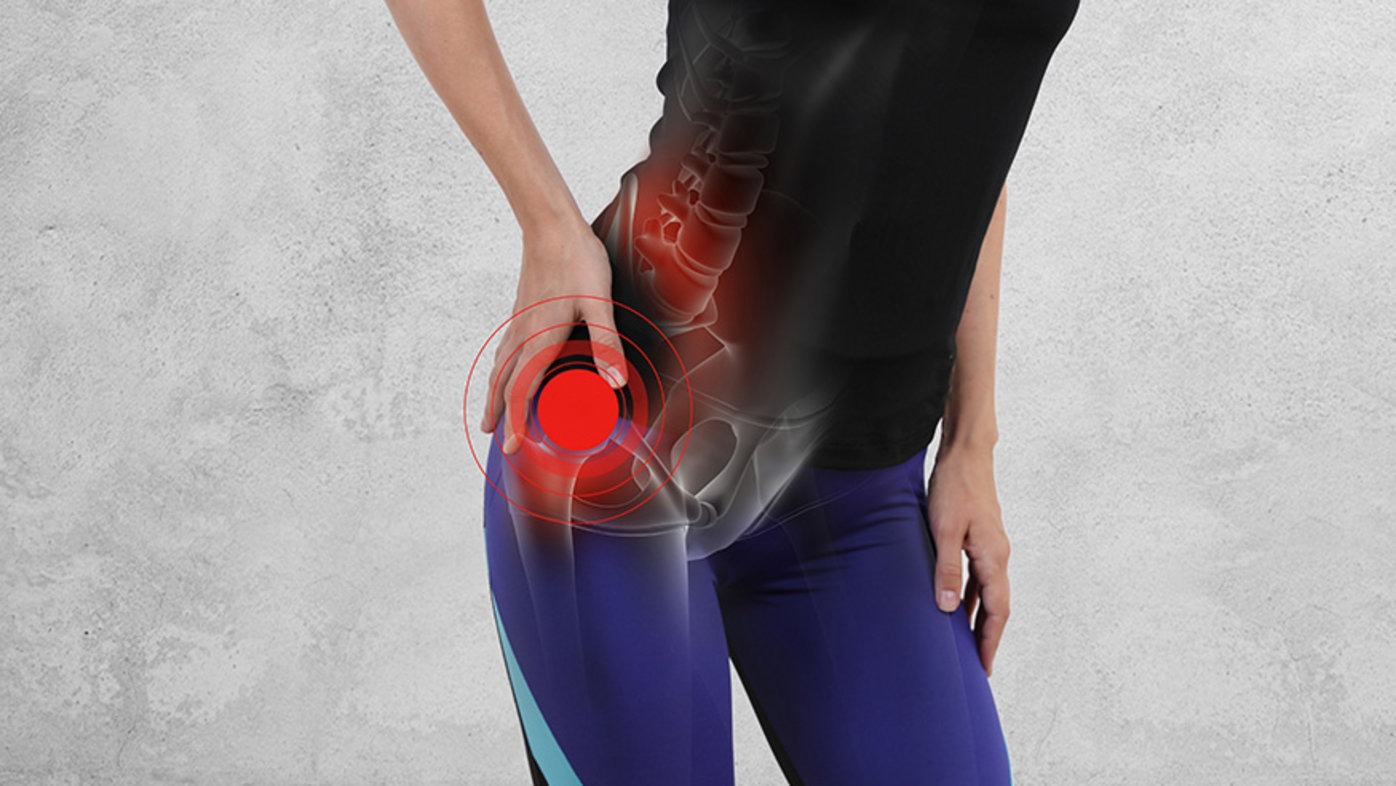
Hip pain is one of the most common discomforts in the adult population, and it can stem from multiple causes.
While it’s often linked to the natural wear and tear of the joints, it can also be a symptom of injuries, muscle problems, or even conditions that don’t seem directly related to the hip itself. Understanding what this pain means is key to addressing it early and preventing it from becoming a serious limitation to mobility.
The hip is one of the most important joints in the human body. It connects the pelvis to the femur and has the crucial role of supporting weight, enabling movements like walking, running, sitting, and standing up, as well as providing stability to the trunk. Its structure is made up of bones, muscles, tendons, ligaments, and cartilage, so any alteration in these components can trigger pain of varying intensity.

What it means and what its possible causes
When hip pain appears, its meaning can vary depending on the cause. One of the most common reasons is hip osteoarthritis, a degenerative disease that affects the cartilage and typically develops after the age of 50. This wear leads to stiffness, pain while walking, and difficulty carrying out everyday activities.
Another frequent cause is bursitis, an inflammation of the small fluid-filled sacs that cushion friction in the joint. This condition can cause sharp pain, especially when engaging in physical effort or staying in the same position for long periods.
Hip pain may also be linked to piriformis syndrome, a disorder in which a pelvic muscle presses against the sciatic nerve, causing discomfort not only in the hip but also down the leg. In these cases, people often describe burning sensations, tingling, or muscle weakness.
Sports injuries, muscle strains, and even falls are also potential triggers. Among younger and more physically active individuals, repeated microtrauma is often behind hip pain.
Sometimes, the pain may be a sign of issues in the lumbar spine. When nerves in the lower back are compressed, the discomfort can radiate toward the hip, making it seem as though the pain originates there when the root cause is actually in the spine.

For women, certain conditions such as hip dysplasia (abnormal joint development) or structural changes during pregnancy can lead to temporary or even lasting pain.
Because hip pain can have so many different explanations, it’s important to pay attention to its duration, intensity, and location. Occasional pain after exercise may not be concerning, but pain that lasts for weeks or prevents basic movement should be evaluated by a doctor.
Treatment depends directly on the cause. In some cases, rest, physical therapy, and strengthening exercises may be enough. In others, anti-inflammatory medications or even surgery—such as a hip replacement for advanced osteoarthritis—may be required.
In conclusion, hip pain should not be underestimated. More than just a nuisance, it can be a warning sign that something isn’t working properly in the joint, surrounding muscles, or even the spine.
Consulting a specialist is essential to pinpoint the exact cause and receive the right treatment, with the goal of preserving mobility and quality of life.